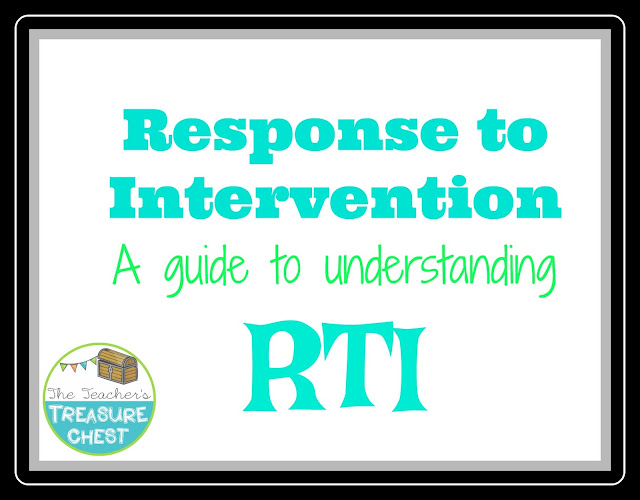As we prepare to go back to school, I wanted to share five must have picture books that you need to add to your classroom library TODAY! These books are not only great for teaching rules and procedures, but creating a classroom community. Creating a group of students that willingly turn into a family. You see, that's the big picture in education that we NEED to have happen. Our classroom culture is shifting. Now more than ever, we need that sense of community. Students need to feel safe, loved and wanted.
Five Must Have Picture Books
This story is perfect for the beginning of school when we are learning how to trust each other and lean on each other. In the story, Brave Enough For Two, the characters learn how to trust and help each other through difficult times. I
In this book, The Jelly Donut Difference, the author Maria Dismondy does an excellent job telling a story about kindness and how we should treat each other. This is a great book to use the first week of school to model for children how we should treat each other. The book is rich in vocabulary and life lessons. The author even includes question examples for teachers or parents.
In this story, Designed to Be Different, the author tells a story of a child who is bullied. The children have a talent show and they create lyrics to a song. This part will just pull at your heart strings that we actually have children that feel the same way this character feels. The story does reference how "God made us different". No matter what type of school you have, it's a story that should be told. I love the backstory to it as well. See, not all books are written by famous authors. This story was written by my former custodian. He is one of the hardest workers I've ever met and ALWAYS helped me out. He works several jobs and put himself through film school. I don't know what else you could need to buy, a book that is diverse and supports the little man.
The Recess Queen is another back to school MUST READ. This is a great book about teaching rules and procedures for recess. I love how the story is so easy for students to make connections to. Even the first week, I discuss how good readers make connections to the story they read. These read alouds are not just for helping children learn how to act, they are also great ways to start introducing students to the reading standards you will address throughout the school year.
The story is not just for going over recess rules though. We can talk about kindness, how to treat one another and how we should look for people to invite to hang out with us.
I love to read Enemy Pie at the beginning of the school year and then again throughout the year. It's a great story about friendship, judgement and how to become friends with someone that you might not normally be friends with. The best part is, the story has SO many reading skills embedded into it!
Please let me know how these books work for your students! These five must have picture books have been an amazing additions to my classroom library! You can follow along on my IG page for more recommendations on picture books!
This post contains affiliate links. As an Amazon Associate I earn from qualifying purchases.




































